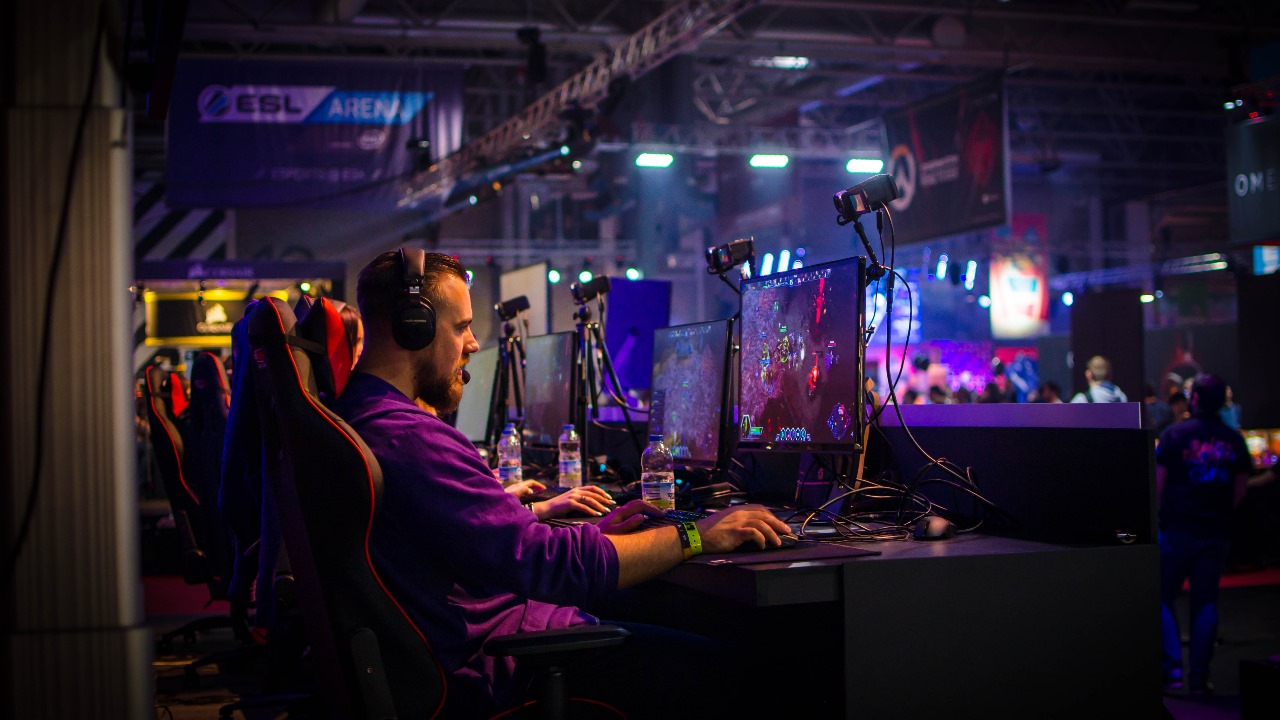Cable Manage a Gaming Setup
Messy cables around your gaming desk can ruin the aesthetic of your setup, decrease functionality, and even become a safety hazard. Whether you’re a PC gamer, a home office worker, or a tech enthusiast, learning smart cable management hacks is crucial to maintaining an organized, efficient, and visually appealing workspace.
This guide will walk you through the importance of cable management, share actionable tips on how to tidy up cables, and explore key differences between fiber optic cables and Cat 6 Ethernet cables to make informed decisions for your gaming setup.
Must Read | Hiring an Expert to Install Equipment
Why Bother Keeping Cables Tidy?
Poor cable management does more harm than just looking messy. Here’s why it’s worth your time to tidy things up:
- Improved Aesthetics
A clean desk with organized cables creates a visually appealing, professional, and immersive gaming experience.
- Enhanced Performance
Overlapping and tangled wires can hinder performance by creating electrical interference. Proper cable routing ensures better connectivity and performance.
- Better Safety
Loose and tangled cables increase the risk of tripping and accidents. Tidying them up safeguards your space.
- Ease of Upgrades and Repairs
Organized cables make it easier to identify and swap out items when upgrading or troubleshooting your gaming setup.
Now that we know the benefits, here’s how to keep the cables tidy.
How to Keep Cables Tidy Around Your Gaming Desk
1. Use Cable Ties and Clips
Cable ties are an affordable and simple way to keep cords bundled together. For flexibility, opt for reusable Velcro ties. Use cable clips to route wires neatly along the edge of your desk.
2. Install a Cable Management Tray
Install a cable management tray underneath your desk. This tool can hold power strips and excess wiring to keep everything organized and off the floor.
3. Use a Cable Sleeve
Combine multiple wires into a cable sleeve. It offers a clean, professional look while protecting cables from wear and tear.
4. Label Your Cables
To avoid confusion, especially when you have multiple devices, label your cables. You’ll save time when adding or removing devices.
5. Upgrade to Wireless Hardware
Eliminate as many cables as possible by investing in wireless devices such as keyboards, mice, and headphones.
6. Plan Your Layout
Position your gaming rig, monitors, and peripherals close to sockets and power strips to reduce cable length and complexity.
7. Leverage Adhesive Hooks or Mounts
Use adhesive hooks or mounts to guide cables along walls, under desks, or around corners without them hanging loosely.
With your cables now neatly organized, you might be considering upgrades for better internet speed and quality. Fiber optic Ethernet cables could be an ideal choice.
Also Visit | Inno Fusion Splicer
Understanding Fiber Optic Ethernet Cables
Fiber optic Ethernet cables have revolutionized data transfer. Here’s everything you need to know:
What is a Fiber Optic Ethernet Cable?
Fiber optic Ethernet cables use light to transmit data, making them faster and more reliable than traditional copper cables like Cat 6.
Speed of Fiber Optic Ethernet Cable
Fiber optic cables typically offer speeds ranging from 1 Gbps to 400 Gbps, depending on your internet provider and setup. This ensures lag-free gaming and high-quality streaming.
Fiber Optic Ethernet Cable vs. Cat 6 Ethernet Cable
- Data Transmission:
- Fiber optic cables use light, delivering faster speeds and long-distance reliability.
- Cat 6 cables, commonly made of copper, are slower and more prone to signal interference over long distances.
- Durability:
- Fiber optic cables are more durable but require careful handling to avoid damage to the delicate glass core.
Cost Comparison
- Fiber optic cables are generally more expensive than Cat 6 cables. Fiber optic Ethernet cables start at around $5 to $7 per meter, whereas Cat 6 cables range from $1 to $3 per meter.
How to Connect Fiber Optic Cables to Cat 6
To connect fiber optic cables to Cat 6, you’ll need media converters. These devices bridge the technology of fiber optics and copper-based Ethernet. They ensure seamless data transfer between the two cable types.
Is Cat 6 Fiber Optic?
No, Cat 6 cables are copper cables designed for Ethernet connectivity, not fiber optic-based data transmission.
Cat 6 Fiber Optic Cable
The term can be misleading. When people refer to “Cat 6 fiber optic cable,” they might be referring to hybrid setups where both cable types are used.
Ethernet vs. Fiber Optic Cable – Which One to Choose?
Here’s a quick breakdown to help you decide:
- Choose Fiber Optic Cables if:
- You need ultra-high-speed internet for gaming, streaming, or large file transfers.
- Your internet connection covers long distances.
- Choose Cat 6 Ethernet Cables if:
- You want a budget-friendly option for local area connections.
- You’re okay with slightly lower data speeds.
Wrapping It Up
A gaming desk with tidy cables not only improves aesthetics but also enhances performance, safety, and ease of use. By following practical tips like using cable sleeves and trays, labeling wires, and upgrading to wireless peripherals, you can create a clean and efficient setup.
Fiber optic Ethernet cables are an exciting and powerful choice for gamers looking to upgrade their network, providing lightning-fast speeds and unparalleled reliability. On the other hand, Cat 6 remains an affordable and accessible option for most use cases.
Whether you’re upgrading cables or refining your desk setup, the key is balance—invest in solutions that suit your needs and budget. Stay tidy, stay connected, and game on!
Blog Forbes Daily: Join the Blog Forbes and get our best stories, exclusive reports and important analysis of the business daily, News, Travel, Health, Lifestyle and more.

